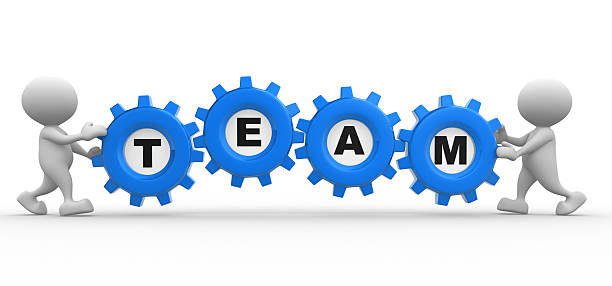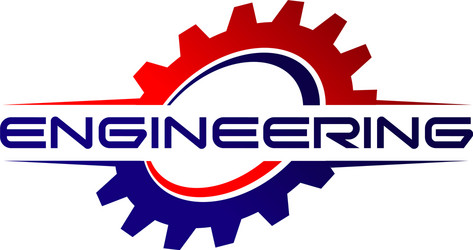MOS TRANSISTOR
So far, we have treated MOS transistor as ideal switches
§ An ON transistor passes a finite amount of current
§ Depends on terminal voltages
§ Derive current-voltage (I-V) relationships
§ Transistor gate, source, drain all have capacitance
§ I = C (ΔV/Δt) àΔt = (C/I) ΔV
§ Capacitance and current determine speed
1. MOS Terminal Voltage and Modes of operation
§ Mode of operation depends on Vg, Vd, Vs
§ Vgs = Vg – Vs
§ Vgd = Vg – Vd
§ Vds = Vd – Vs = Vgs - Vgd
§ Source and drain are symmetric diffusion terminals
§ By convention, source is terminal at lower voltage
§ Hence Vds³ 0
§ nMOS body is grounded. First assume source is 0 too.
§ Three regions of operation
Cutoff
Linear
Saturation
2. Application
Digital integrated circuits such as microprocessors and memory devices contain thousands to millions of integrated MOSFET transistors on each device, providing the basic switching functions required implementing logic gates and data storage.
Discrete devices are widely used in applications such as switch mode power supplies, variable frequency drives and other power electronics applications where each device may be switching hundreds or thousands of watts.
Radio-frequency amplifiers up to the UHF spectrum use MOSFET transistors as analog signal and power amplifiers.
Radio systems also use MOSFETs as oscillators, or mixers to convert frequencies. MOSFET devices are also applied in audio-frequency power amplifiers for public address systems, sound reinforcement and home and automobile sound systems.

